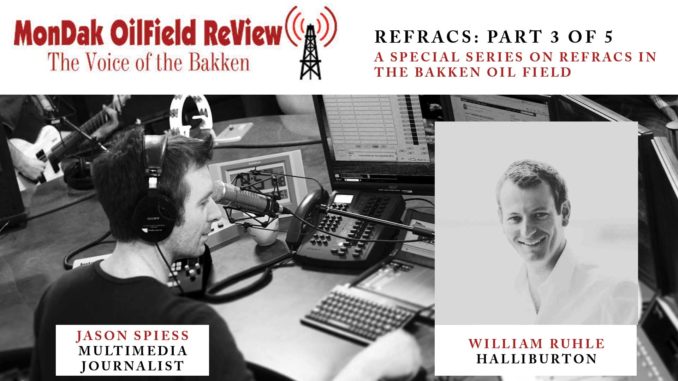
Part 3-of-5 in a Series on ReFracs in the Bakken
Although previous refracturing technologies were unpredictable and not very productive, Halliburton is seeing success with their ACTIVATE refracturing service pilot project.
In a nutshell, ACTIVATE is essentially the monitoring of wells with fiber optics and microseismic technology. According to Halliburton, new well completions had less than 60 percent cluster efficiency and fracs of unequal length and width, 80 percent increase in (estimated ultimate recovery) EUR per well, up to 25 percent increase oil recovery factor of unconventional asset with a balanced portfolio, and up to 66 percent reduced cost per barrel of oil equivalent (BOE) compared to new drills.
Additionally, Halliburton reported a 300 percent improvement in EUR in natural gas wells in the Haynesville and Eagle Ford plays on their pilot programs back in 2015.
This is good news for oil companies considering refracs this year. There is some bad news however, not everyone is a candidate for this technology.
“Each of those wells if you follow a candidate’s selection process, that will be filtered to the bottom or to the top. And that will come up as wells as significantly underperforming,” William Ruhle, Completions Engineer, Halliburton said. “Then we identify why they are underperforming. We don’t’ want it to be underperforming because of reservoir quality, or lateral placement. So each of these ones the point has come through on the candidate selection, whether it be an open hole, really vintage completion type, or a more modern completion such as a refracture completion.”


